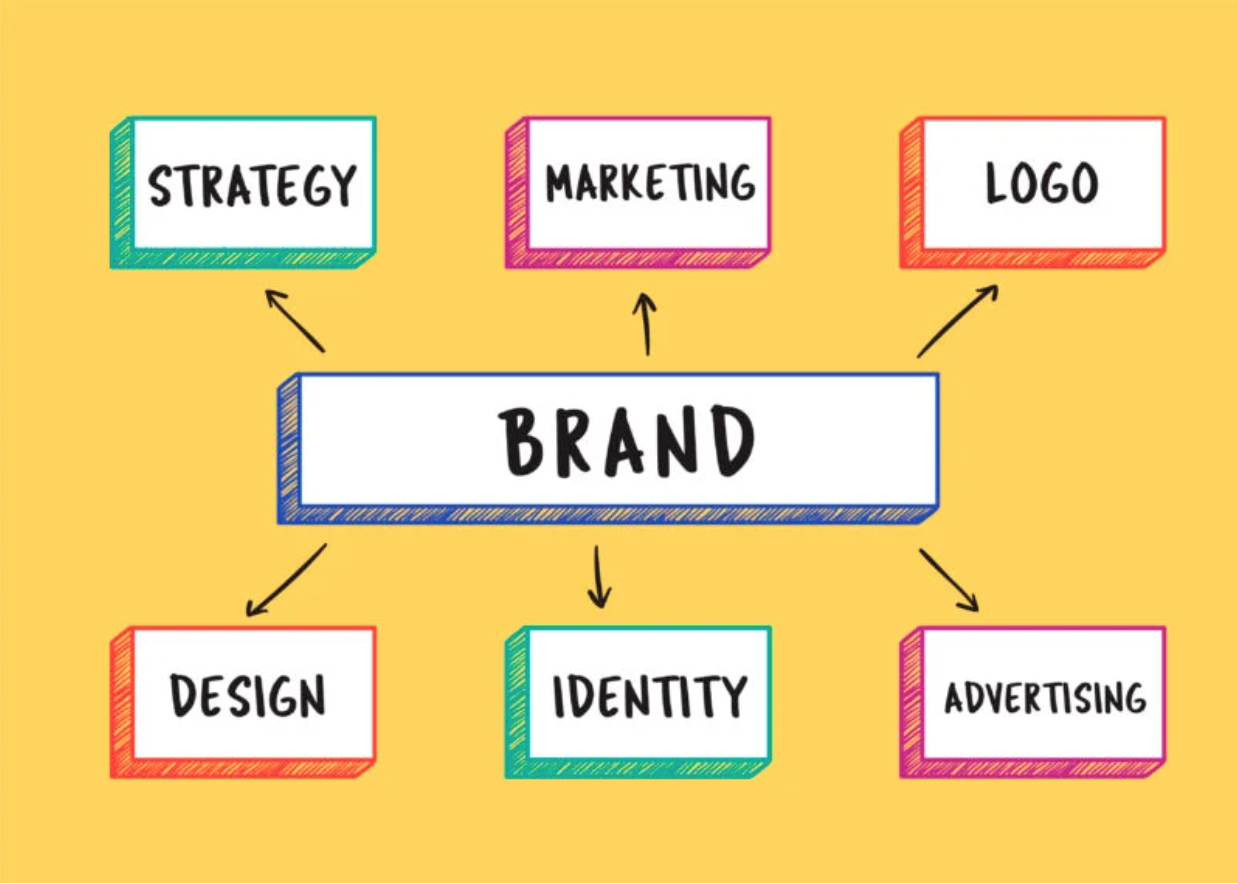Why do agencies often struggle to advertise themselves?
Mumbrella's Kalila Welch investigates why so many agencies are missing the mark when it comes to creating their own brands.
For an industry that exists to create and communicate brand messages, agencies themselves often struggle to clearly communicate their own services and positioning.
Over the past year, a flurry of revitalised agency positionings have hit the Australian market, including Half Dome’s “Whole Potential”, Connecting Plot’s “Imagination in every impression”, Keep Left’s “Ideas People Choose”, The Core Agency’s “Punch above”, CX Lavenders “We Make Stuff for People” and Cummins&Partner’s “Micro-network creative consultancy”. That is not to say these agencies specifically have missed the mark.
Industry veteran, Chris Savage, says it is a “burning issue” in the broader communications industry, particularly given the “explosion” of the independent agency scene.
“It astounds me that, given our industry is based on positioning and marketing and building sales for brands, that we do such a poor job of it ourselves,” he told Mumbrella.
“We have to differentiate, we have to stand for something and offer something that clients can’t get everywhere.
“If it’s rare, it’s valuable. If it’s not rare, it’s not valuable. That’s why the creative agencies that position themselves as creative full-service agencies, as a generalization, don’t make the margins that more specialized businesses make.”
The most valuable of positionings, according to Savage, are those which solve “real and urgent client problems”.
Agencies can pick a small slice of the market, like creative agencies in the healthcare space. Alternatively, a broader niche can be used as a “trojan horse” into higher margin work. Work that is “complicated”, and not “sexy”, is “where the big profits are”.
Creative agency, Big Red has been pinpointed in market for being retail specialists, for example.
“There simply are fewer good competitors, and fewer options for clients,” continues Savage. “This gives agencies what Blair Enns describes as ‘the power’, where the agency’s desirability to clients and prospects is greater than the agency’s desire or need to work with them.”
Dan Monheit’s Hardhat is one such agency that’s managed to find and target its niche, encapsulating the business’ behaviour change proposition under the tag line ‘Built on Behaviour’.
The position speaks to both the agency’s philosophy of approaching every brief as a “behaviour change brief”, as well as its strategic foundations, having built an agency around “two key disciplines of creative comms and digital CX”.

